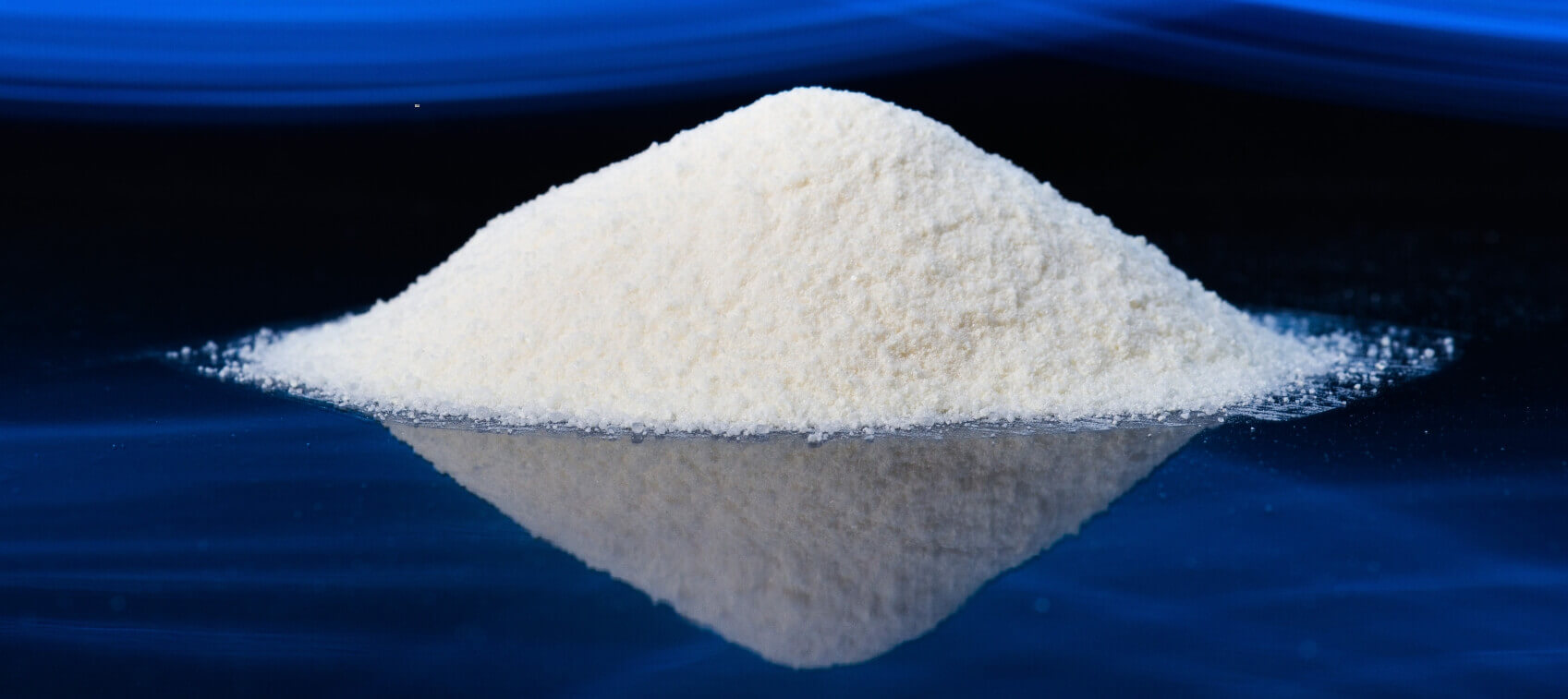
Back in 2004, I was listening to an intriguing lecture given by a fellow integrative and board-certified cardiologist, Dr. Jim Roberts, FACC. He was leading a symposium at an anti-aging conference on a relatively “new” nutrient called D-ribose.
I had known there was a missing link in what was then my three-pronged approach for healing the heart, which included magnesium, CoQ10, and L-Carnitine. For many, that combination of nutrients promoted healing. But for others, primarily those with longstanding congestive heart failure and/or hypertensive cardiovascular disease with significant mitral valve regurgitation, those nutrients alone weren’t enough. During that lecture, I realized that the missing component was D-ribose.
What Is D-Ribose?
D-ribose is a simple five-sided sugar. It supports the production of adenosine triphosphate (ATP)—energy—in your heart and skeletal muscles. That ATP energy helps your heart muscles to contract as they should, pumping out blood that benefits every cell and system in your body.
Scientific research shows that when your ATP levels fall so does your diastolic function, which is the resting phase of the cardiac cycle when your heart relaxes and accommodates incoming blood volume. D-ribose helps by enhancing the recovery of ATP in your heart muscles, which improves the overall function of your heart.
It Can Help Everything from Heart Failure to Arrhythmias
Keeping the heart working as it should is all about fueling the energy in each and every cell in your heart, and a “failing heart” is actually an energy-starved heart. So, boosting energy is the key that opens the lock for rescuing those hearts.
For that reason, D-ribose can be instrumental in treating a myriad of cardiovascular problems including arrhythmia, angina, heart failure, peripheral vascular disease, statin-induced myalgia, and the rescue of any muscle tissue that is starving for oxygen. It also helps to reduce many heart risk factors. Plus, D-ribose can aid exercise recovery by helping to refuel energy production in all of the muscles in your body, not just your heart.
How Much D-Ribose Should You Take?
The dose of D-ribose depends on your needs:
- General Heart Support: 5 grams of D-ribose twice daily
- For Intense Activity: 5 grams daily prior to exercise
- For Muscle Cramps: 5 grams after exercise to help alleviate the cramping
Finally, for those needing additional support—such as in cases of congestive heart failure—the maximum dose is 5 grams of D-ribose three times daily. Take D-ribose in divided doses with meals.


